12 Bear Markets in History: What Happened and How Long They Lasted

12 Bear Markets in History: What Happened and How Long They Lasted
History repeats
Bear markets are an unfortunate reality for investors. If you want to own stock, you can't escape an occasional cycle that saps your portfolio's value temporarily.
Fortunately for your net worth, the market does spend more time rising than falling. The downside there is that we sometimes forget what bear markets are like. Each one feels like a new and stressful experience -- where you don't know what's going to happen and when it will all be over.
Quiet the panic with a look back at past bear markets. You'll see that while each downturn is unique, they share one important outcome: recovery.
The durations and percentage declines of these 12 bear markets come from a 2022 market briefing by Yardeni Research.
5 Stocks Under $49
Presented by Motley Fool Stock Advisor
We hear it over and over from investors, "I wish I had bought Amazon or Netflix when they were first recommended by The Motley Fool. I’d be sitting on a gold mine!" It's true, but we think these 5 other stocks are screaming buys. And you can buy them now for less than $49 a share! Click here to learn how you can grab a copy of "5 Growth Stocks Under $49" for FREE for a limited time only.
Previous
Next
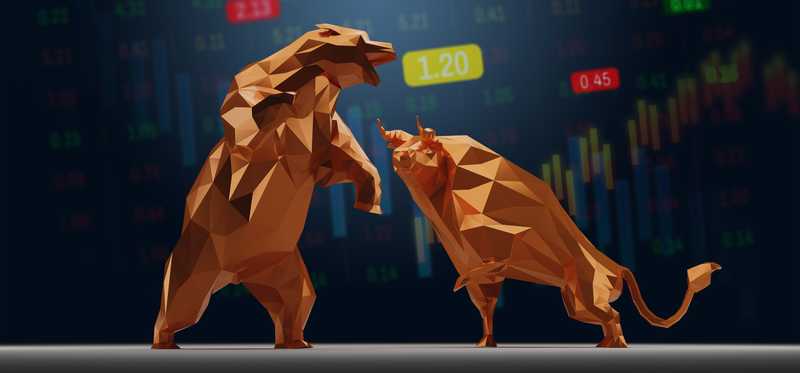
1. 1937: down 54.5%
What happened: Over 390 days between 1937 and 1938, the stock market lost more than half its value. From the peak in early 1937, there was a sharp decline followed by a brief rebound, and then another, lengthier dip.
Causes: The accepted cause of the 1937 bear market was economic recession prompted by the U.S. Federal Reserve's adoption of a contractionary money policy. The country was recovering from the Great Depression and the Fed, worried about the economy heating up too quickly, doubled banks' reserve requirements.
Recovery: While the stock market decline in 1937 played out in about a year, the recovery took much longer. World war concerns led to another downturn right after this one. It would be about 10 years before the market would eclipse its 1937 high point.
Previous
Next
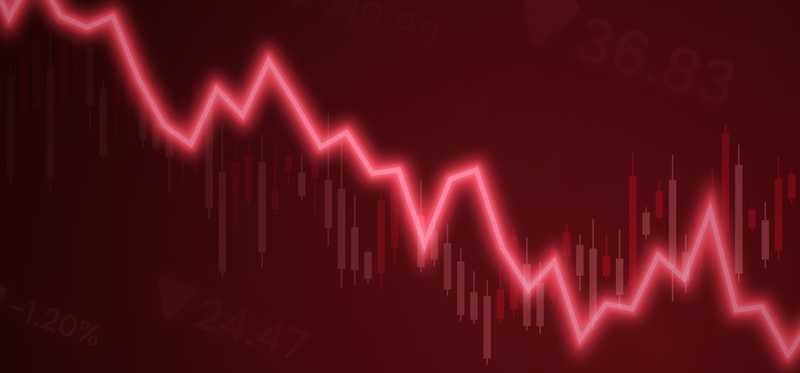
2. 1946: down 26.6%
What happened: The stock market reached a post-World War II high in early 1946 and then fell quickly for about four months. The value loss in that time was nearly 27%.
Causes: After World War II ended in 1945, investor activity increased in a postwar demand surge. Regulators, worried about excessive speculation, raised margin requirements from 75% to 100% in early 1946. That slowed investing activity and prompted some investors to liquidate to cover the new requirements.
Recovery: Stock prices fell swiftly and remained low for about three years. By 1949, the market had regained lost ground -- setting the stage for growth through the first half of the 1950s.
Previous
Next
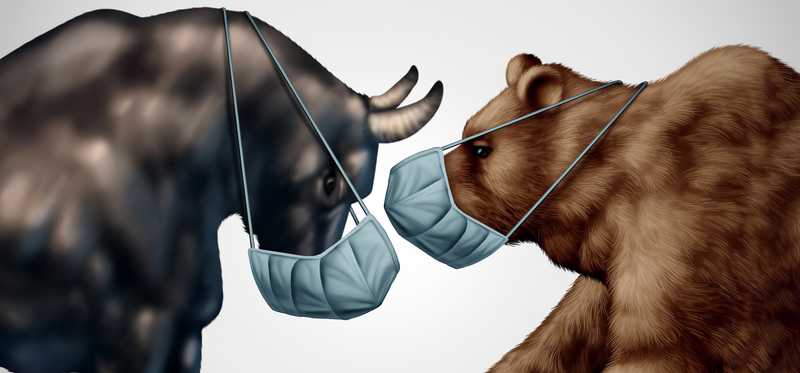
3. 1957: down 20.7%
What happened: After a period of growth, the market started showing signs of weakness in the second half of 1956. After a 15% decline, stock prices grew briefly at the start of 1957. Later that year, the S&P 500 index fell nearly 21% over 99 days.
Causes: The Fed had recently raised interest rates to combat inflation, from 0.5% to 3.5%. Secondarily, there was also a flu epidemic running its course that killed 70,000 to 100,000 people in the U.S.
Recovery: Before the end of 1957, the market had bottomed. The S&P 500 would then grow steadily until mid-1959.
ALSO READ: Here's Why 20% of Americans Have Changed Careers Since the Pandemic Began
Previous
Next

4. Flash Crash of 1962: down 26.4%
What happened: After reaching a high point in late 1961, the S&P 500 stumbled and then fell dramatically in early 1962. The decline measured 26.4% and lasted 174 days. Nearly 7% of the dip happened in a single day.
Causes: The crash of 1962 is something of a mystery. Stocks were down slightly from the start of the year, and then investors suddenly got spooked. The initial sell-off was so severe that the ticker tape couldn't update fast enough. As a result, investors had no visibility into current prices -- which likely fueled frenzied selling.
Recovery: The stock market returned to growth before year-end. By the third quarter of the next year, the S&P 500 had reached a new high.
5 Stocks Under $49
Presented by Motley Fool Stock Advisor
We hear it over and over from investors, "I wish I had bought Amazon or Netflix when they were first recommended by The Motley Fool. I’d be sitting on a gold mine!" It's true, but we think these 5 other stocks are screaming buys. And you can buy them now for less than $49 a share! Click here to learn how you can grab a copy of "5 Growth Stocks Under $49" for FREE for a limited time only.
Previous
Next
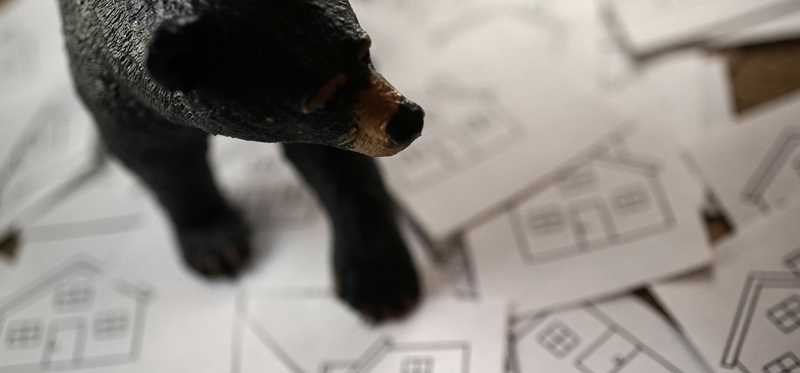
5. 1966: down 22.2%
What happened: After peaking in early 1966, the S&P 500 dropped about 22% in 240 days.
Causes: The Fed began raising interest rates in 1964 to address rising inflation. From 1964 to 1966, the federal funds rate rose from 3.75% to 5.5%.
Recovery: The 1966 bear market viewed in isolation was short-lived. Unfortunately, the factors that led to the downturn -- brewing inflation and rising interest rates -- continued. While the market did grow substantially in 1967 and 1968, two more downturns would torment investors over the next six years.
Previous
Next

6. 1968-1970: down 36.1%
What happened: Just before the start of 1969, the S&P 500 slipped into a 36% decline that would last a year and a half.
Causes: Rising inflation and interest rates coupled with unrest related to the Vietnam War and assassinations of Martin Luther King Jr. and Robert Kennedy get much of the credit for this bear market.
Recovery: The recovery started with steep growth in the first half of 1970. After a couple detours, the S&P 500 would rise again and reach another high point in early 1973.
Previous
Next

7. 1973-1974: down 48.2%
What happened: The stock market lost nearly half of its value between 1973 and 1974. The drop-off lasted 630 days in total.
Causes: 1973 brought a whirlwind of factors that worked against economic growth, including an oil crisis that increased prices fourfold, inflation, rising interest rates, the unlinking of the U.S. dollar to gold, and the Watergate presidential scandal.
Recovery: The stock market had turned the corner by 1975. It was a rocky climb, but investors enjoyed five years of solid growth.
Previous
Next
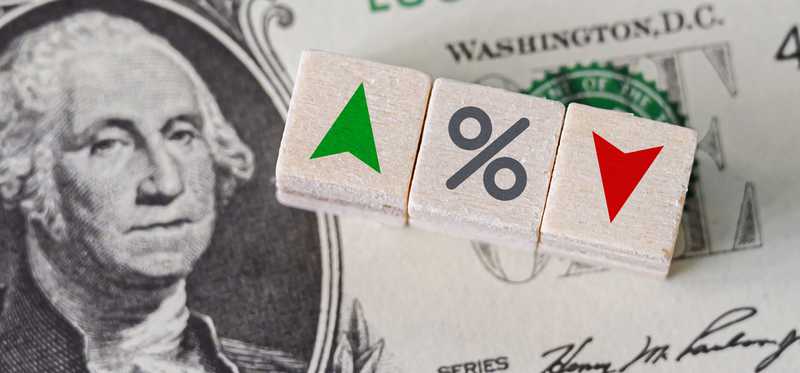
8. 1980-1982: down 27.1%
What happened: Near the end of 1980, the S&P 500 began to falter. A bear market would settle in, bringing the index down by 27% over 622 days.
Causes: The Fed got serious about stamping out the inflation that had hung around for too long -- and raised the fed funds rate to 20%. The tactic worked, but it also caused a recession and lengthy bear market.
Recovery: An impressive bull run followed the 1980 bear market. In 1982, the S&P 500 spiked and largely continued on a growth path until 1987.
Previous
Next

9. 1987: down 33.5%
What happened: On Oct. 19, 1987, the stock market lost 20% of its value in one day. After 101 days, the market had declined 33.5%.
Causes: Computerized trading is thought to be the primary cause of the 1987 crash, also known as Black Monday. The early selling activity triggered automated sell orders that were in place to protect investors from steeper losses. As the selling continued, it triggered orders and fueled investor panic.
Recovery: Black Monday did not linger or kick off a recession. Stocks returned to growth before year-end and reached new highs by 1989. Investors would not experience another bear market until 2000, when the dot-com bubble burst.
5 Stocks Under $49
Presented by Motley Fool Stock Advisor
We hear it over and over from investors, "I wish I had bought Amazon or Netflix when they were first recommended by The Motley Fool. I’d be sitting on a gold mine!" It's true, but we think these 5 other stocks are screaming buys. And you can buy them now for less than $49 a share! Click here to learn how you can grab a copy of "5 Growth Stocks Under $49" for FREE for a limited time only.
Previous
Next
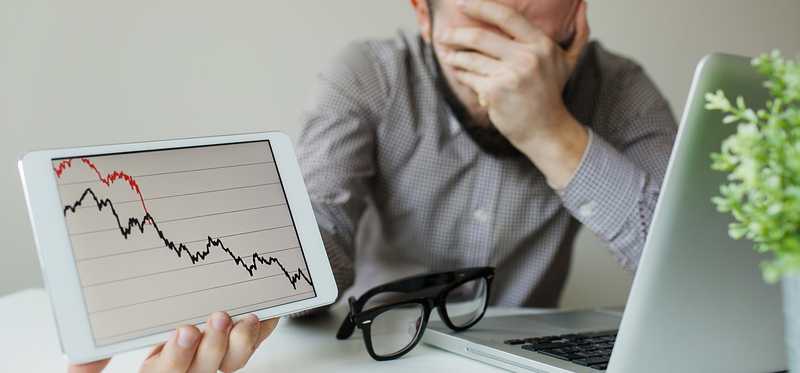
10. 2000-2002: down 49.1%
What happened: Over a period of 30 months starting in 2000, the S&P 500 fell 49%. The tech-heavy Nasdaq index also dipped more than 75%.
Causes: In the late 1990s, investors gobbled up unproven internet stocks. Young tech companies could raise enough funding to open their doors and go public, sometimes without experienced leaders or fleshed-out business plans. Many of these companies burned through their cash and went bankrupt -- leaving investors with nothing. Investors then began dumping their remaining tech stocks in search of safer options, driving share prices down.
Recovery: The S&P 500 returned to growth in 2003 and recouped its losses in 2007. The Nasdaq would not surpass its 2000 high until 2014.
Previous
Next

11. 2007-2009: down 56.8%
What happened: The S&P 500 fell nearly 57% between the fall of 2007 and the spring of 2009.
Causes: A housing bubble, loose credit requirements by mortgage lenders, and heavy investment in mortgage-backed derivatives by financial companies all contributed to the 2007 market crash. When housing values faltered in 2007, subprime mortgage defaults rose. Higher defaults lowered the value of mortgage-backed securities held by banks -- prompting a global financial crisis.
Recovery: The market bottomed out in 2009 and didn't recoup its losses until 2013. Investors who stuck it out were rewarded with history's longest bull market, which ran from 2009 to 2020.
Previous
Next
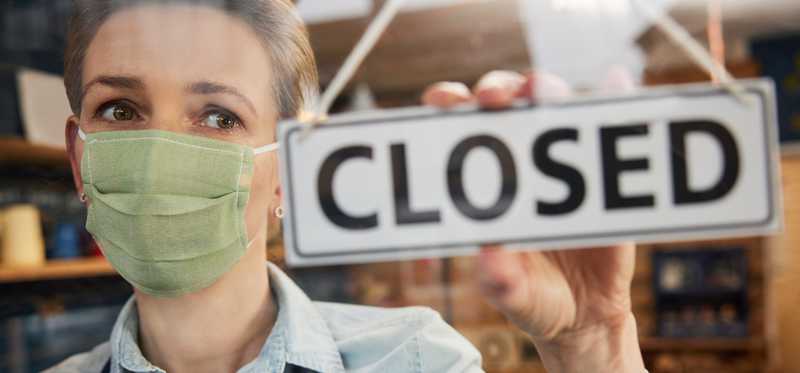
12. 2020: down 33.9%
What happened: Starting in March of 2020, the stock market fell nearly 34% over 32 days.
Causes: The arrival of the coronavirus in the U.S., the "Great Lockdown," and spiking unemployment drove investors to sell in the spring of 2020.
Recovery: The 2020 recovery was as dramatic as the crash itself. After hitting a low point in March, the market quickly resumed growth. The entire value loss had reversed itself by August of the same year.
Previous
Next

What goes down, goes back up
The stock market has shown investors some wild times over the past 100 years. From flash crashes to slow and painful declines, we've seen the full range of bear markets.
Still, stock market investors have generated average annual returns of nearly 7% -- and that's after adjusting for inflation. That stat alone speaks volumes about the resiliency of American business. It also reminds us that this bear market, like the ones that came before it, will resolve itself in time.
A few years from now, we'll be back on the growth path, wondering why we were so worried about bear markets anyway.
The Motley Fool has a disclosure policy.
Previous
Next
Invest Smarter with The Motley Fool
Join Over Half a Million Premium Members Receiving…
- New Stock Picks Each Month
- Detailed Analysis of Companies
- Model Portfolios
- Live Streaming During Market Hours
- And Much More
READ MORE
HOW THE MOTLEY FOOL CAN HELP YOU
-
Premium Investing Guidance
Market beating stocks from our award-winning service
-
The Daily Upside Newsletter
Investment news and high-quality insights delivered straight to your inbox
-
Get Started Investing
You can do it. Successful investing in just a few steps
-
Win at Retirement
Secrets and strategies for the post-work life you want.
-
Find a Broker
Find the right brokerage account for you.
-
Listen to our Podcasts
Hear our experts take on stocks, the market, and how to invest.
Premium Investing Services
Invest better with The Motley Fool. Get stock recommendations, portfolio guidance, and more from The Motley Fool's premium services.